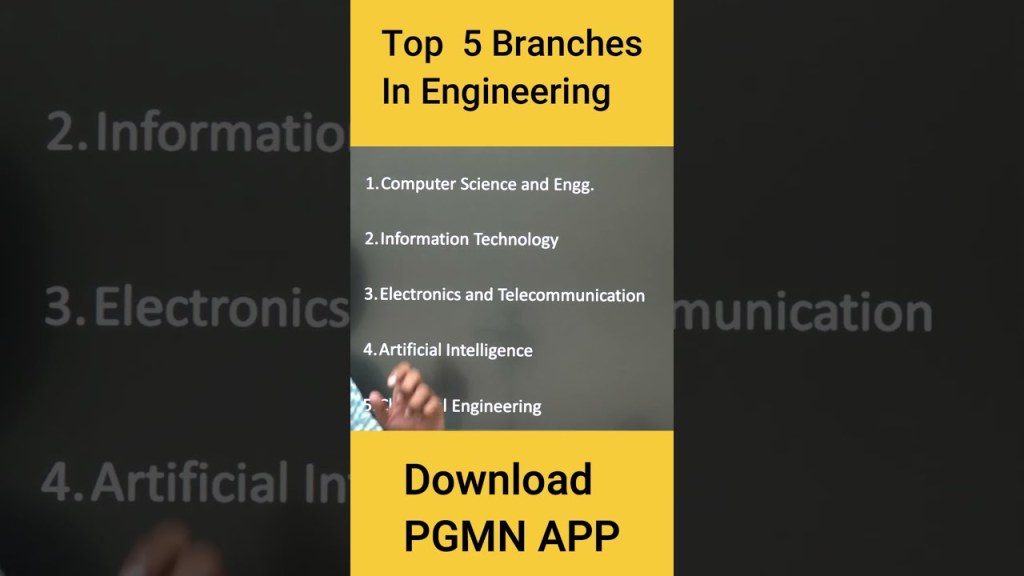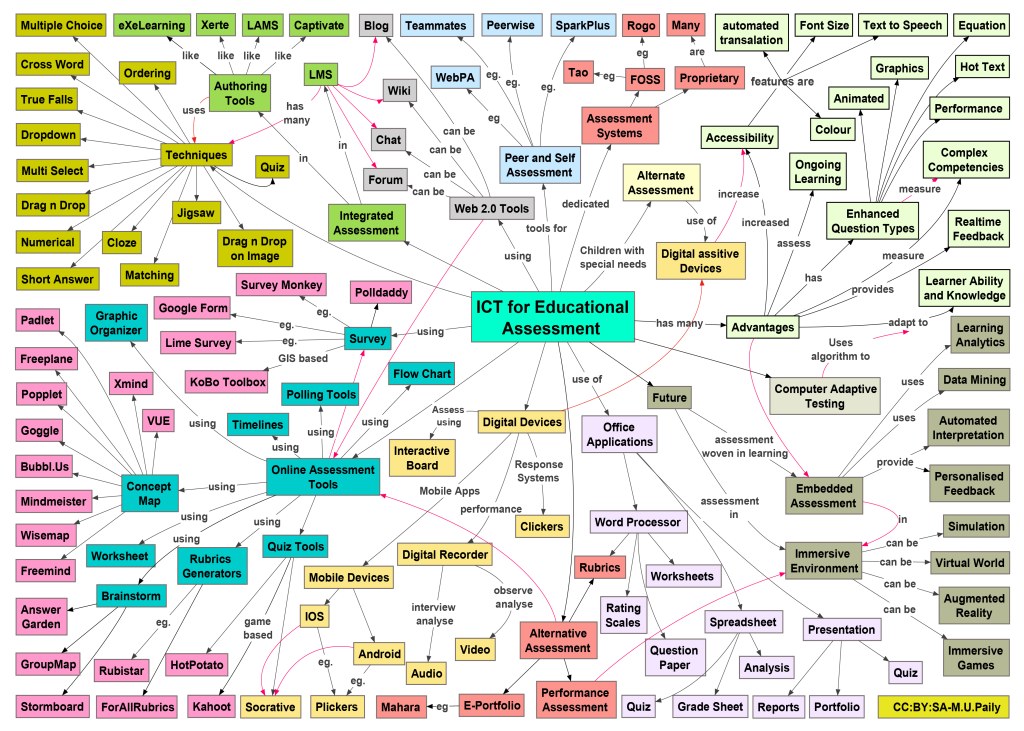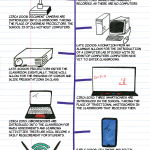Unleashing The Power: Explore The 5 Branches Of Technology And Take Action Now!
5 Branches of Technology
Introduction
Dear Readers,
2 Picture Gallery: Unleashing The Power: Explore The 5 Branches Of Technology And Take Action Now!


Welcome to our article discussing the fascinating world of technology. In this article, we will explore the five branches of technology that have revolutionized our lives. From communication to transportation, technology has become an integral part of our daily routines. Join us as we delve into the intricacies of these branches and unveil the advancements that have shaped our modern society.

Image Source: ytimg.com
Without further ado, let’s dive into the realm of technology and explore the five branches that have paved the way for innovation and progress.
1. Information Technology 🖥️
Information technology encompasses the management and processing of information using computers and software. It includes areas such as computer programming, database management, and network administration. Information technology plays a crucial role in organizations, enabling efficient data storage, retrieval, and communication. It has revolutionized industries and transformed the way we live and work.
What is Information Technology?
Information technology refers to the use and management of computer systems, software, and networks to store, retrieve, process, and communicate information.
Who Uses Information Technology?

Image Source: wikimedia.org
Information technology is used by individuals, businesses, governments, and organizations of all sizes to manage and process information effectively.
When Was Information Technology Developed?
Information technology has been developed and refined over several decades, with key advancements occurring since the mid-20th century. The rapid evolution of technology has continuously propelled information technology forward.
Where is Information Technology Used?
Information technology is used globally in various sectors, including healthcare, finance, education, entertainment, and government. Its applications are diverse and ever-expanding.
Why is Information Technology Important?
Information technology enables efficient data management, improved communication, increased productivity, and streamlined processes. It empowers individuals and organizations to access and utilize information effectively.
How Does Information Technology Work?
Information technology involves the use of hardware, software, and networks to store, manipulate, transmit, and retrieve data. It relies on algorithms, programming languages, and communication protocols to facilitate information processing.
2. Biotechnology 🧬
Biotechnology involves the use of biological systems, organisms, or derivatives to develop products or processes for various applications. It merges biology with technology, harnessing the power of living organisms to solve complex problems. Biotechnology has revolutionized healthcare, agriculture, and environmental sustainability, offering innovative solutions to global challenges.
What is Biotechnology?
Biotechnology involves the manipulation and utilization of living organisms or their components to develop products, processes, or technologies for specific applications.
Who Uses Biotechnology?
Biotechnology is utilized by scientists, researchers, healthcare professionals, farmers, and industries involved in pharmaceuticals, agriculture, and environmental preservation.
When Was Biotechnology Developed?
Biotechnology has ancient roots, dating back to early human civilizations. However, modern biotechnology emerged during the 20th century, with significant advancements in gene manipulation and DNA sequencing.
Where is Biotechnology Used?
Biotechnology finds applications in various fields, including medicine, agriculture, food production, environmental conservation, and industrial manufacturing.
Why is Biotechnology Important?
Biotechnology offers innovative solutions to address global challenges, such as disease treatment, food security, environmental sustainability, and renewable energy production.
How Does Biotechnology Work?
Biotechnology involves techniques such as genetic engineering, tissue culture, and fermentation to manipulate biological organisms or processes. These techniques enable researchers to modify genetic material and create desired outcomes.
3. Energy Technology ⚡
Energy technology focuses on the generation, storage, and utilization of energy resources. It encompasses various sectors, including renewable energy, fossil fuels, and nuclear power. Energy technology plays a vital role in sustainable development, aiming to meet the world’s growing energy demands while minimizing environmental impact.
What is Energy Technology?
Energy technology involves the study and utilization of different energy sources to generate power, meet energy demands, and improve energy efficiency.
Who Uses Energy Technology?
Energy technology is used by governments, industries, researchers, and individuals involved in energy production, distribution, and consumption.
When Was Energy Technology Developed?
Energy technology has been continuously evolving throughout history, with significant advancements occurring during the industrial revolution. The rapid growth of technology has led to the exploration and development of various energy sources.
Where is Energy Technology Used?
Energy technology is used worldwide, with applications in power generation, transportation, industrial processes, and residential energy consumption.
Why is Energy Technology Important?
Energy technology plays a crucial role in meeting global energy demands, reducing dependency on fossil fuels, mitigating climate change, and ensuring a sustainable future.
How Does Energy Technology Work?
Energy technology involves various methods for harnessing energy, including solar power, wind turbines, hydropower, nuclear reactors, and fossil fuel extraction. These technologies convert energy into usable forms or store it for future use.
4. Medical Technology 🏥
Medical technology encompasses a wide range of devices, equipment, and procedures used in healthcare settings. It includes diagnostic tools, therapeutic equipment, surgical instruments, and medical imaging systems. Medical technology has transformed the field of medicine, improving patient care, diagnosis, and treatment outcomes.
What is Medical Technology?
Medical technology refers to the use of medical devices, equipment, and procedures to diagnose, treat, and prevent diseases or medical conditions.
Who Uses Medical Technology?
Medical technology is used by healthcare professionals, including doctors, nurses, laboratory technicians, and medical researchers.
When Was Medical Technology Developed?
Medical technology has been evolving throughout history, with key advancements occurring in the 19th and 20th centuries. The development of medical technology has significantly improved healthcare outcomes.
Where is Medical Technology Used?
Medical technology is used in various healthcare settings, including hospitals, clinics, research laboratories, and home healthcare.
Why is Medical Technology Important?
Medical technology enables accurate diagnosis, effective treatment, and improved patient outcomes. It enhances the quality of healthcare and contributes to the overall well-being of individuals.
How Does Medical Technology Work?
Medical technology involves the use of advanced medical devices, equipment, and techniques to diagnose diseases, monitor patient health, administer treatments, and perform surgical procedures.
5. Communication Technology 📡
Communication technology focuses on the transmission and exchange of information through various mediums and devices. It includes telecommunications, internet technologies, and wireless communication systems. Communication technology has revolutionized how we connect and interact with others, enabling seamless global communication.
What is Communication Technology?
Communication technology involves the use of devices, networks, and systems to facilitate the transmission, exchange, and sharing of information.
Who Uses Communication Technology?
Communication technology is used by individuals, businesses, governments, and organizations worldwide to connect, communicate, and share information.
When Was Communication Technology Developed?
Communication technology has evolved over centuries, with significant advancements occurring in the 19th and 20th centuries. The development of communication technology has revolutionized global connectivity.
Where is Communication Technology Used?
Communication technology is used globally, enabling long-distance communication, internet access, mobile connectivity, and data transfer.
Why is Communication Technology Important?
Communication technology facilitates efficient and instant communication, breaking down barriers of time and distance. It enables collaboration, knowledge sharing, and global connectivity.
How Does Communication Technology Work?
Communication technology utilizes various mediums, such as telephone networks, internet protocols, satellite systems, and wireless technologies, to transmit and receive information in different formats.
Advantages and Disadvantages of 5 Branches of Technology
1. Information Technology:
Advantages:
Efficient data management and retrieval
Improved communication and collaboration
Increased productivity and automation
Disadvantages:
Potential for data breaches and security threats
Dependency on technology and IT infrastructure
High initial investment and ongoing maintenance costs
2. Biotechnology:
Advantages:
Medical advancements and personalized treatments
Increased crop yields and agricultural productivity
Environmental remediation and waste management
Disadvantages:
Ethical concerns regarding genetic engineering and cloning
Potential for unintended consequences in ecosystems
Complex regulatory processes and approval requirements
3. Energy Technology:
Advantages:
Development of renewable energy sources
Reduced carbon emissions and environmental impact
Energy independence and security
Disadvantages:
High initial costs for infrastructure and equipment
Intermittency and variability of renewable energy sources
Challenges in energy storage and distribution
4. Medical Technology:
Advantages:
Improved diagnosis and treatment outcomes
Enhanced patient care and comfort
Advanced surgical techniques and minimally invasive procedures
Disadvantages:
High costs for medical devices and equipment
Privacy concerns and data security issues
Unequal access to advanced medical technology
5. Communication Technology:
Advantages:
Instant and global communication
Efficient information sharing and collaboration
Access to vast knowledge and resources
Disadvantages:
Dependency on technology and internet connectivity
Privacy concerns and cyber threats
Digital divide and access disparities
Frequently Asked Questions (FAQ)
1. What are the career opportunities in information technology?
There are various career opportunities in information technology, including software development, network administration, data analysis, cybersecurity, and IT consulting.
2. How does biotechnology contribute to food production?
Biotechnology enhances food production by developing genetically modified crops that are resistant to pests, diseases, and environmental conditions, resulting in increased yields and improved crop quality.
3. What are the future prospects of renewable energy technology?
The future prospects of renewable energy technology are promising, with ongoing advancements in solar power, wind energy, and energy storage technologies. These advancements aim to increase efficiency, reduce costs, and promote sustainable energy solutions.
4. What are the latest trends in medical technology?
Some of the latest trends in medical technology include telemedicine, wearable devices for remote monitoring, artificial intelligence in diagnostics, and robotic-assisted surgeries.
5. How has communication technology changed the way we interact?
Communication technology has revolutionized the way we interact by enabling instant messaging, video calls, social media platforms, and online collaboration tools. It has connected people across the globe and transformed communication patterns.
Conclusion
In conclusion, the five branches of technology – information technology, biotechnology, energy technology, medical technology, and communication technology – have significantly impacted our lives. They have revolutionized various industries, improved our quality of life, and provided innovative solutions to global challenges.
As technology continues to advance, it is essential to embrace and adapt to these changes. Through continuous learning and exploration, we can harness the power of technology to create a better and more sustainable future.
Final Remarks
Technology is a powerful tool that has the potential to transform our world for the better. However, it also comes with responsibilities and ethical considerations. As we embrace the benefits of technology, let us also be mindful of its impact on society, the environment, and future generations.
Always remember to use technology responsibly, respect privacy and security, and strive for inclusivity and accessibility. Together, we can shape a future where technology serves as a catalyst for positive change.
This post topic: Technology Tutorials

